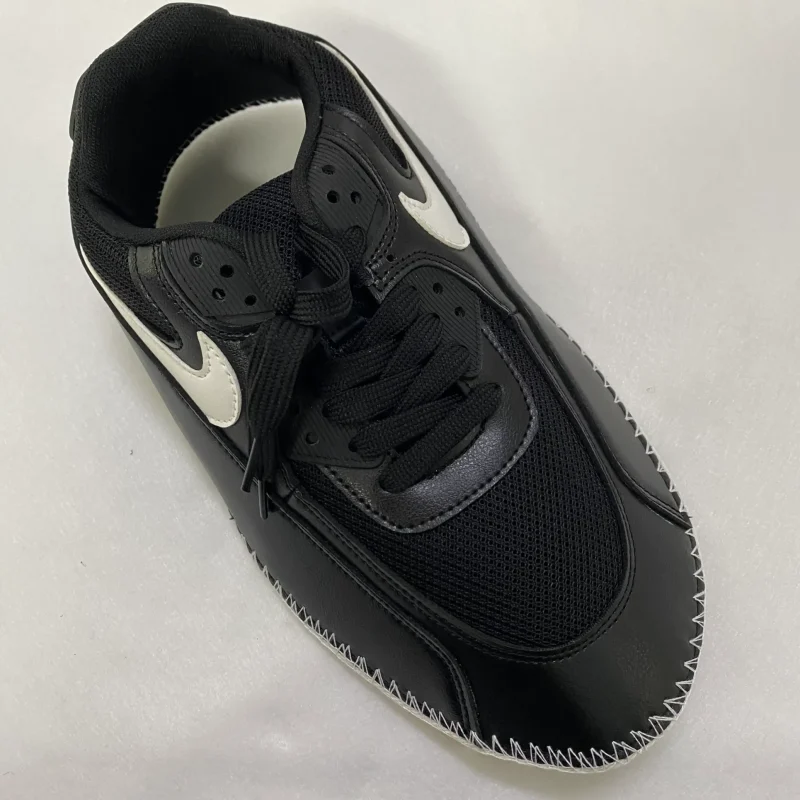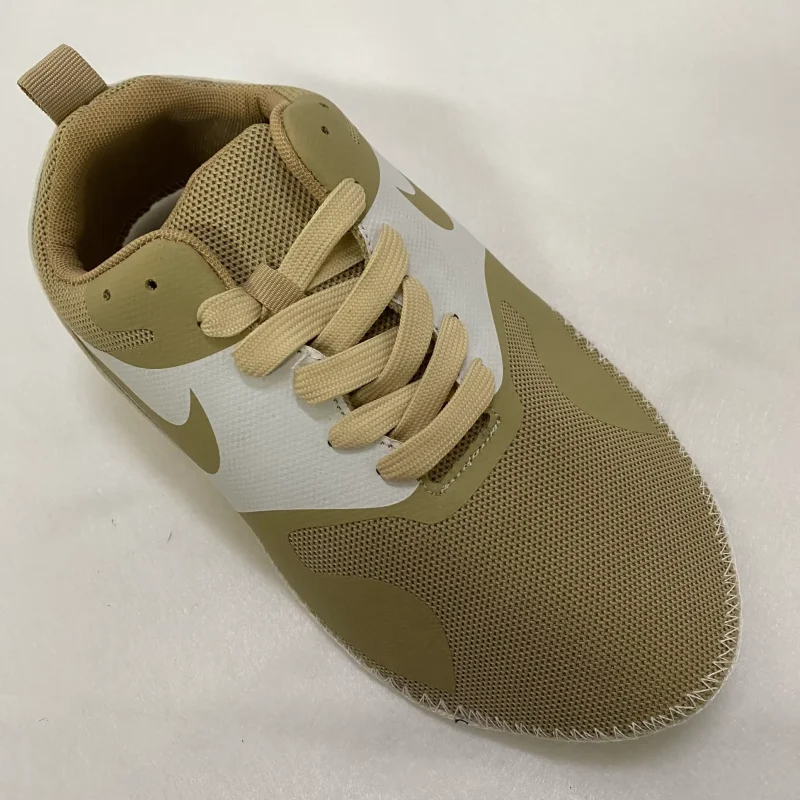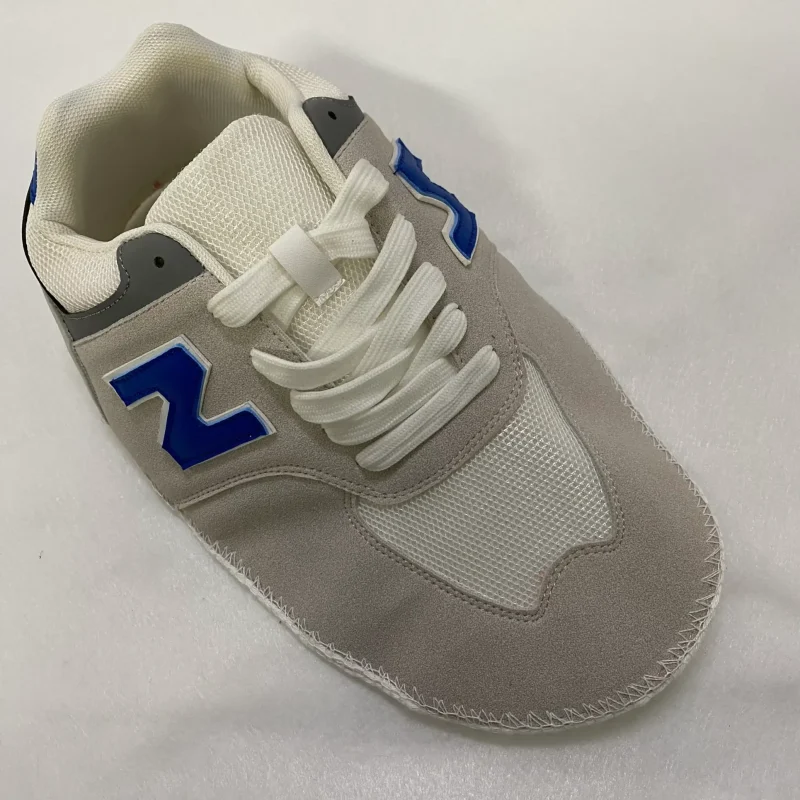
Hotmelt adhesive for shoes is a material used to bond various parts of the shoe together, playing a crucial role in shoe manufacturing. Hotmelt adhesive is applied by heating it to a molten state, coating it onto surfaces, and then allowing it to cool and solidify quickly, forming a strong bond. Here is a detailed look at the functions, advantages, applications, and types of hotmelt adhesive in shoe manufacturing.
Functions of Hotmelt Adhesive
- Bonding: The primary function of hotmelt adhesive is to bond different parts of the shoe, such as the upper, sole, and lining. It ensures that these parts are securely attached, maintaining the shoe’s overall structural stability and durability.
- Waterproof Sealing: In certain footwear products, hotmelt adhesive also serves as a waterproof sealant. By applying hotmelt adhesive to seams, it effectively prevents moisture from penetrating the shoe, enhancing its waterproof capabilities.
- Increasing Strength and Durability: Hotmelt adhesive can enhance the overall strength and durability of the shoe, especially in high-performance athletic shoes and work boots. Using hotmelt adhesive can extend the lifespan of the footwear.
Advantages of Hotmelt Adhesive
- Rapid Solidification: Hotmelt adhesive melts upon heating and solidifies quickly after application, which boosts production efficiency and is suitable for mass production.
- Strong Adhesion: Hotmelt adhesive offers strong bonding strength, securely attaching different materials together and preventing them from separating easily.
- Solvent-Free and Environmentally Friendly: Hotmelt adhesive is solvent-free, making it relatively environmentally friendly and reducing hazards to the environment and workers.
- Ease of Use: Hotmelt adhesive is easy to use and can be applied with heating equipment without requiring complex procedures, making it suitable for various production lines.
Applications of Hotmelt Adhesive
- Bonding Soles and Uppers: Hotmelt adhesive is widely used to bond the soles and uppers of shoes, ensuring these major components are securely connected and not prone to separation.
- Bonding Linings and Uppers: In the connection between the shoe lining and upper, hotmelt adhesive provides a reliable bond, enhancing the comfort and durability of the shoe.
- Fixing Decorative Elements: Hotmelt adhesive is also used to fix decorative elements on shoes, such as eyelets, brand logos, and decorative patches, ensuring these parts do not fall off.
Types of Hotmelt Adhesive
- EVA Hotmelt Adhesive: EVA (Ethylene Vinyl Acetate) hotmelt adhesive is one of the most commonly used adhesives in footwear, offering excellent bonding strength and flexibility, suitable for various shoe materials.
- Polyamide Hotmelt Adhesive: Polyamide hotmelt adhesive offers high strength and heat resistance, making it suitable for high-demand shoe applications like athletic shoes and work boots.
- Polyurethane Hotmelt Adhesive: Polyurethane hotmelt adhesive provides excellent elasticity and abrasion resistance, making it ideal for shoes requiring high durability.
Conclusion
Hotmelt adhesive is extensively used in shoe manufacturing due to its strong bonding capabilities, rapid solidification, and environmentally friendly properties. As technology advances and manufacturing processes improve, the performance and application range of hotmelt adhesive continue to expand, ensuring the production of high-quality and durable shoes.




